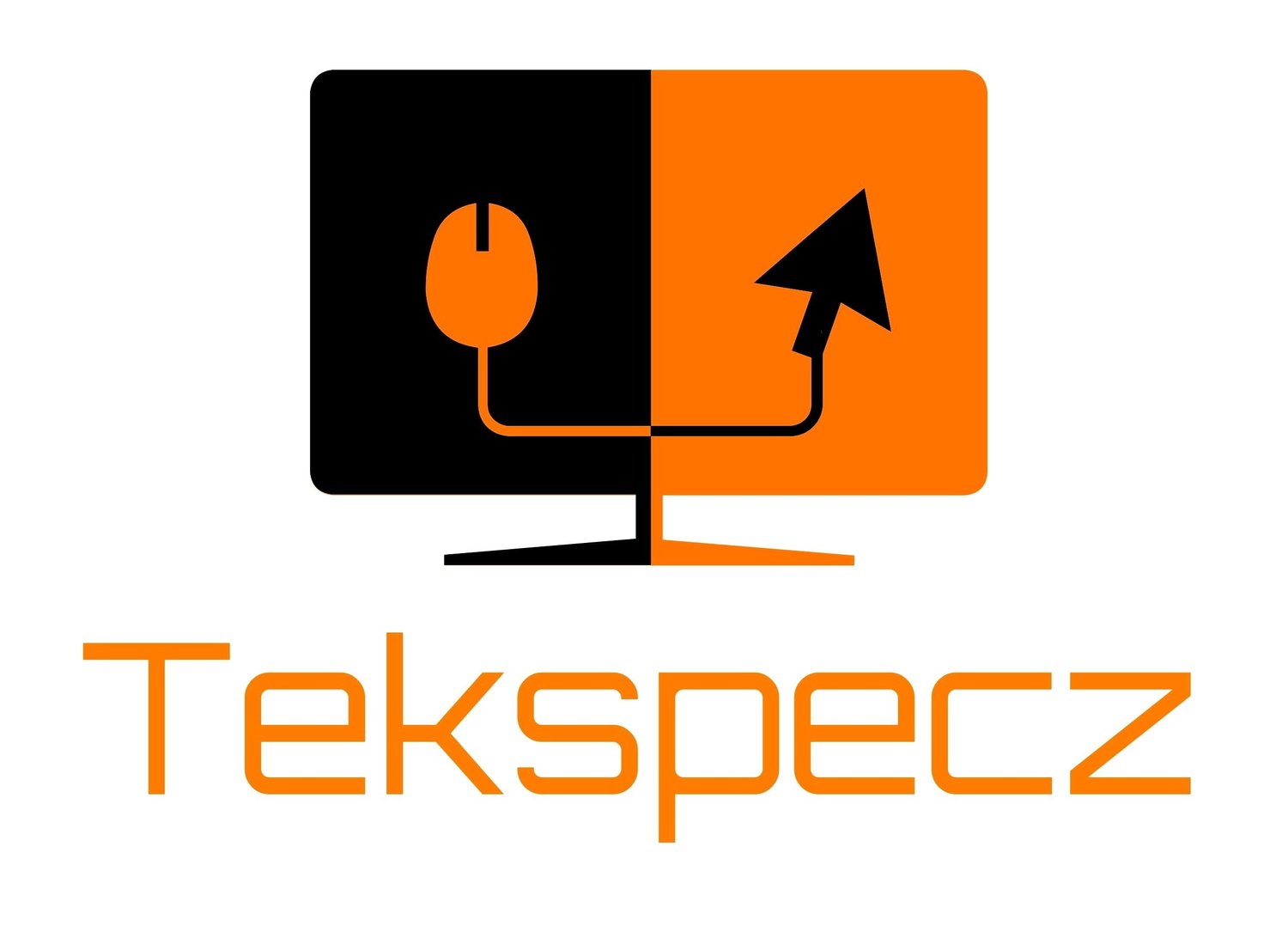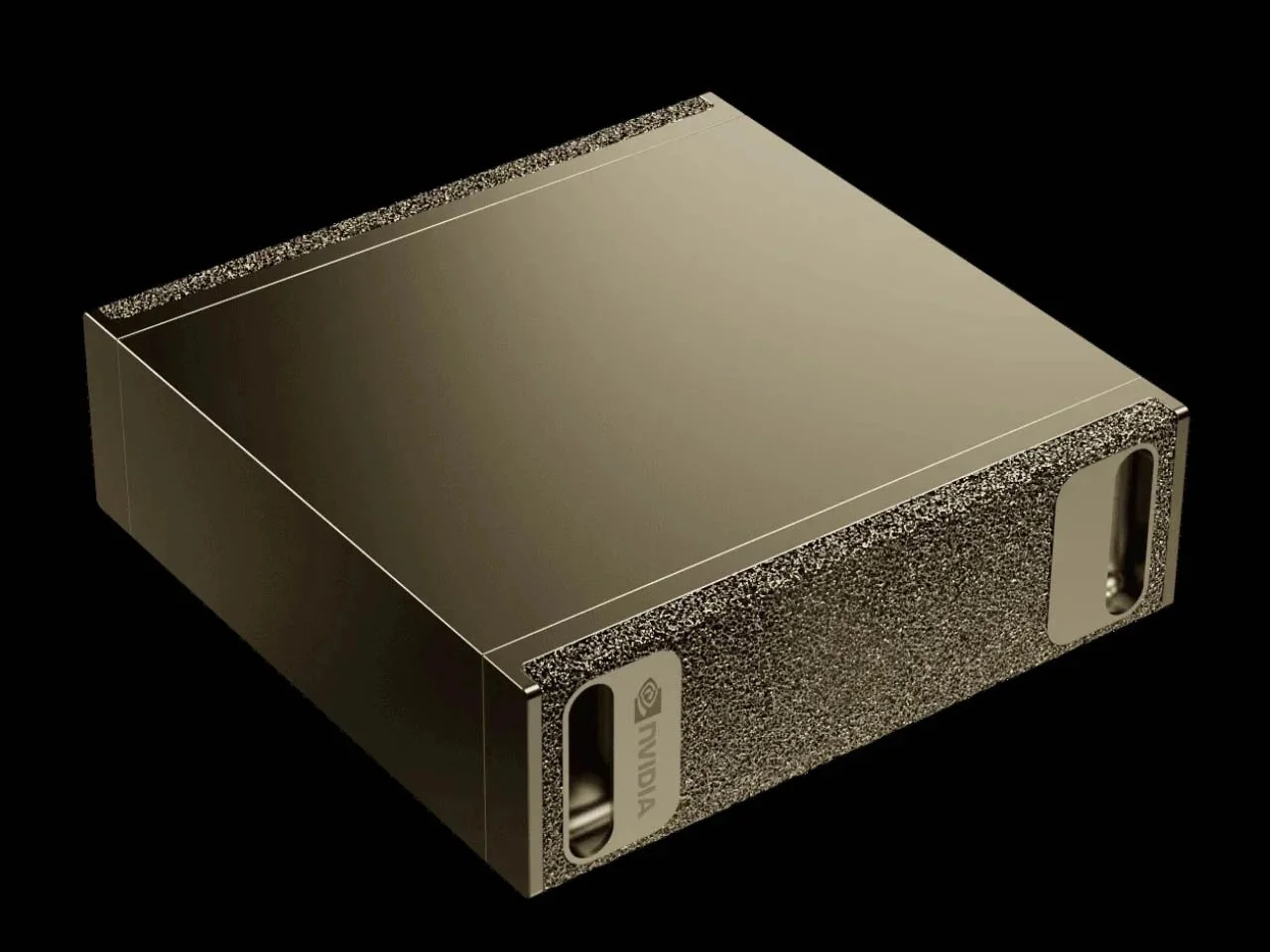Groundbreaking tech: Nvidia unveil new AI Computers
Here's groundbreaking tech for you. This week, Nvidia dominated the news by unveiling a series of AI chips and computers, the DGX Spark and DGX Station, which are specifically designed to bring the power of AI supercomputing to desktops. These systems are powered by Nvidia's Grace Blackwell platform, combining advanced CPU and GPU technologies for robust performance.
Let's delve into these two AI computers from Nvidia and see what each has to offer regarding hardware specifications and features.
First up, we have the DGX. Spark
Proclaimed as being the world's smallest AI desktop PC, DGX Spark is compact and loaded with powerful components inside. It features the GB10 Grace Blackwell Superchip, capable of performing up to 1,000 trillion operations per second (TOPS) for AI tasks. It has 128GB of unified system memory, supporting AI models with up to 200 billion parameters.
This supercomputer desktop is tailored for developers, researchers, and students. Furthermore, the DGX Spark allows for prototyping, fine-tuning, and locally running AI models.
Then there is the DGX Station.
The DGX Station is the most powerful of the two systems. It is designed for enterprise-level AI operations and has the GB300 Grace Blackwell Ultra desktop Superchip, which offers a massive 784GB memory for large-scale AI workloads.
The NVIDIA DGX Spark is now available for preorder and is expected to ship in the Summer of 2025. The DGX Station will be released later this year, though Nvidia has not disclosed an exact launch date or price. It's worth noting that companies such as Asus, BOXX, Dell, HP, Lambda, and Super Micro plan to launch AI desktop systems later this year. The race to AI desktop computing supremacy is about to get interesting.





